What exactly is a PM10 Sensor?
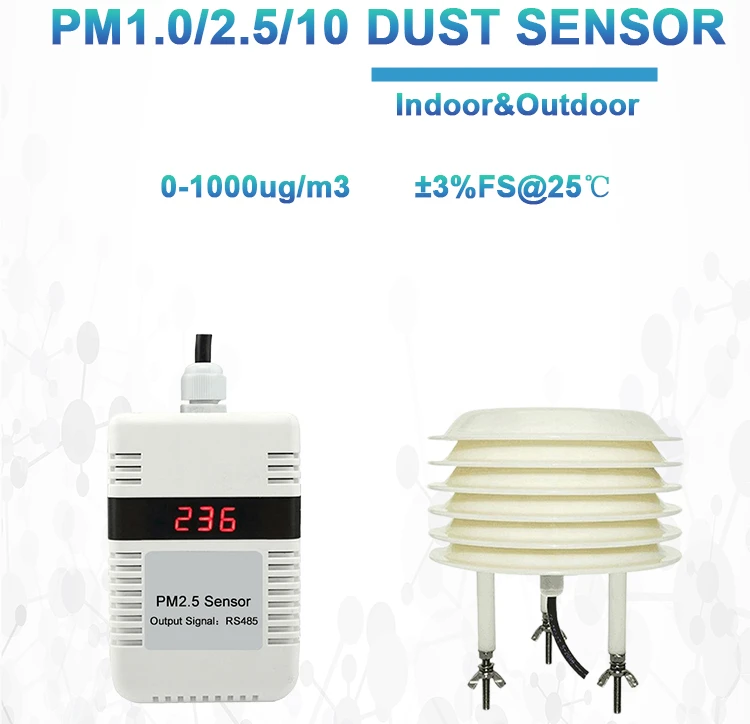
PM10 denotes particulate matter with a diameter of 10 micrometers or smaller. People commonly know these particles as inhalable dust or particles. Their small size lets them stay in the air.
How does a water level sensor function?

A water level sensor is a tool that detects and measures water levels. It works in places like tanks, ponds, rivers, and other bodies of water. The way a water level sensor works can vary by type. Here are some common methods:
Soil NPK Sensor: Definition, Working Principles, and Applications
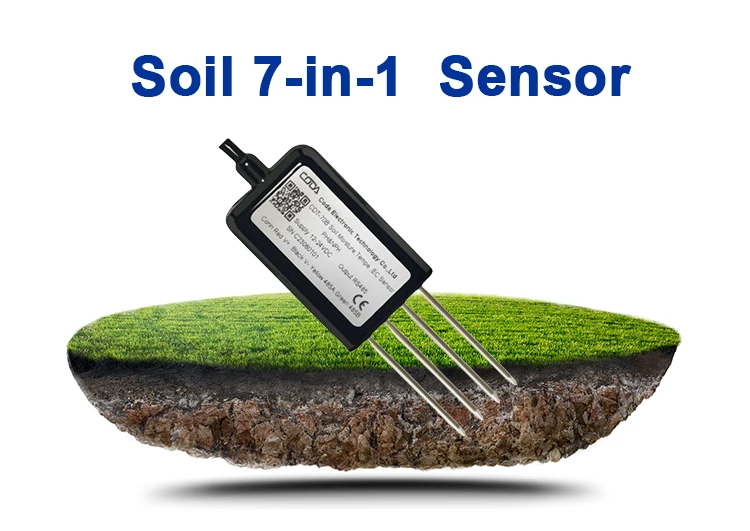
Soil NPK sensors are new tools for farmers. They help check and analyze important nutrients in the soil. The essential nutrients include nitrogen (N), phosphorus (P), and potassium (K).
Anemometer: Application, Function and Value

Anemometer is an instrument used to measure wind speed, which is widely used in meteorology, environmental protection, aviation and other fields. This article will focus on the scope of application, role and value of anemometers.
Weather Measuring Instruments: What You Should Know
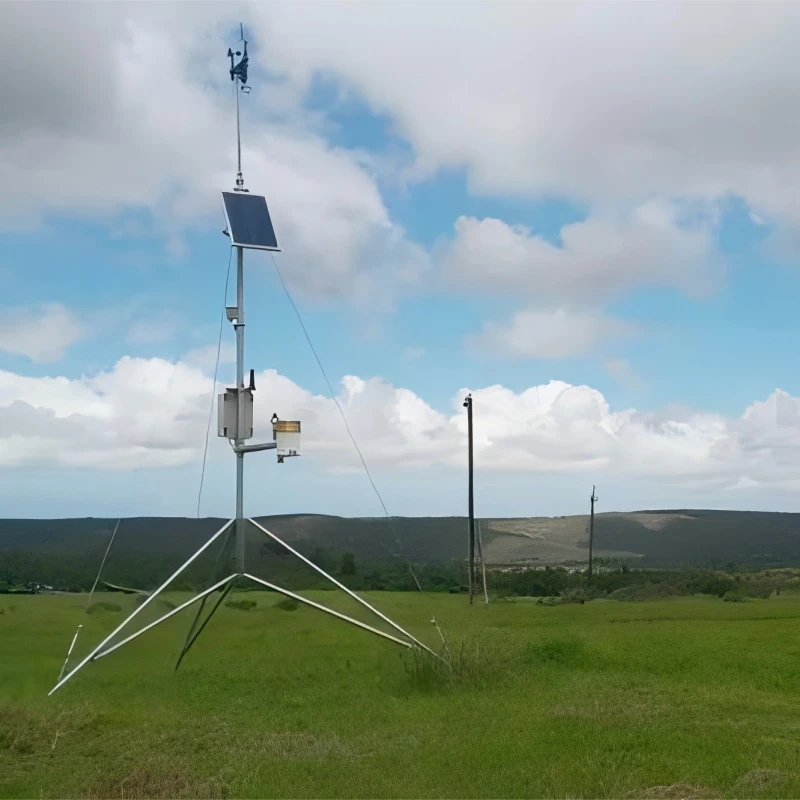
Weather holds significant influence over our daily lives, affecting everything from scheduling outdoor events to making critical decisions. To obtain reliable weather data, meteorologists and enthusiasts depend on a variety of specialized instruments designed for accuracy. This article highlights the diverse types, functions, and relevance of weather measuring devices.
An automated system for monitoring rainfall
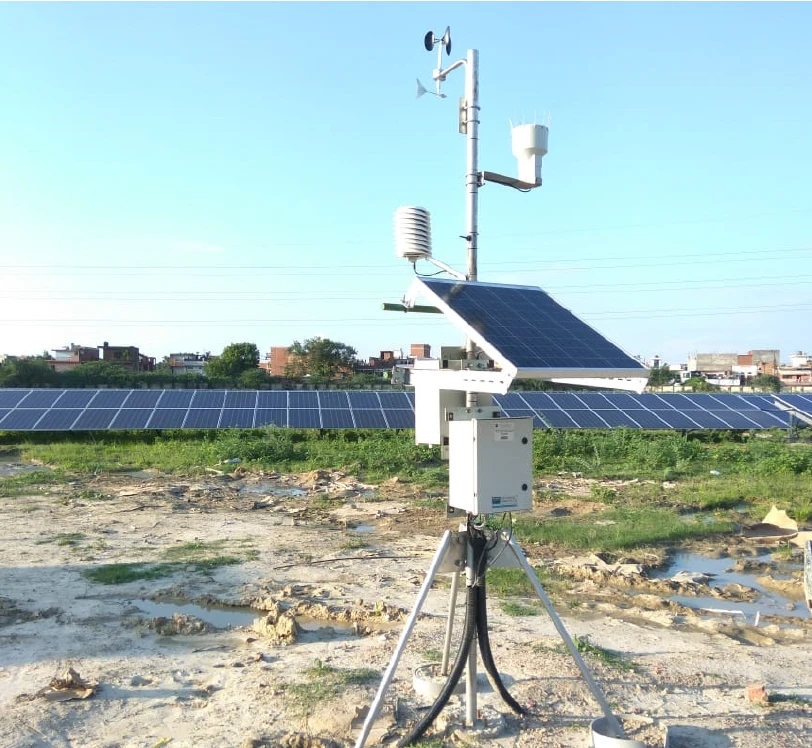
The automatic rain and snow monitoring system primarily employs rain sensors and rain and snow sensors to track precipitation. A rain sensor is a hydrological and meteorological instrument designed to measure natural rainfall. It converts rainfall into a switchable form of information output, facilitating the transmission, processing, recording, and display of data to meet various informational needs.
Top 9 Water Quality Sensors for Water Treatment
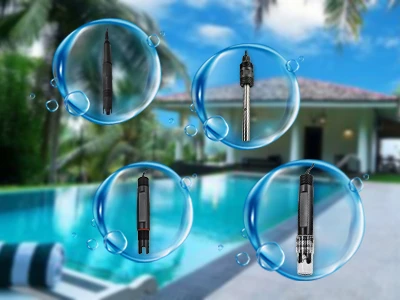
Water is vital for life, playing a crucial role in both survival and everyday activities. The quality of the water we drink directly affects our health. This is why monitoring and managing water quality are important in scientific research.
Principle of a soil temperature sensor

A soil temperature sensor measures the temperature of soil, air, and water. Experiments and scientific studies are important. Soil temperature, often called ground temperature, includes both surface and underground temperatures. It gives important data for research.
What Is a Cup Anemometer and How Does It Work?

Wind, a dynamic force of nature, has fascinated humanity for centuries. Measuring its speed is not only essential for understanding weather patterns but also crucial for fields like aviation, renewable energy, and climate research. Among the various tools used to gauge wind speed, the cup anemometer stands out as one of the most popular and enduring instruments. Here’s a detailed look at its design, operation, and significance across different domains
What are uses of rain gauge?
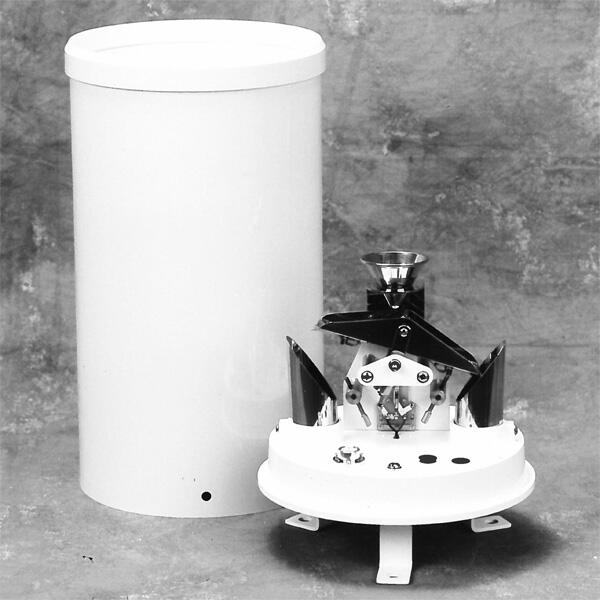
A rain gauge is a meteorological instrument designed to measure the amount of precipitation, specifically rainfall, in a given area over a specified period. This straightforward yet vital tool collects and quantifies rainwater, offering crucial data for various fields, including weather forecasting, hydrology, agriculture, and environmental management.
